Table of Contents
Introduction
Special thanks to “animus” for loaning me this set.
Hype for the HEDDphones has been slowly brewing ever since its announcement in May last year, culminating to the frenzy of interest that we have today. Hype, to the point where even I (your resident IEM plebian) had been innudated with requests to review this headphone ever since its official release. But for those living under a rock you may be asking: what is this pun of a headphone?
Heinz Electrodynamic Designs (HEDD) started as a loudspeaker company specialising in an uncommon type of transducer called the “air motion transformer” (AMT). I will not waste time explaining what it is, instead I’ll just link you to their page that gives you a brief primer. Just note that it’s their page and so you should expect some marketingspeak and overpromising.
After designing some speakers that were popular in their own right, HEDD decided to dive into the headphones world with a brand new idea: the world’s (kind of) first full-range AMT headphone. I’m not going to mention oBravo because they used a 2-way setup with an AMT tweeter (that also happened to be hot garbage), and I’m also not going to mention the Precide Ergo AMT because… well, which active audiophile in 2020 has even heard one?
The headphones world is a cruel place and HEDD has many established veterans to beat. Will they succeed in popularising the AMT in portable audio, or prove why nobody should use it?
Product page: https://www.hedd.audio/en/heddphone/
MSRP: $1,900
Driver type: Air motion transformer
Build & Fit
Loyal readers of my reviews would know that these are not aspects that I often write about, much less dedicate an entire section for, but the HEDDphone has two big problems that needs addressing.
First off (and the obvious), the weight. With all the work and extra parts that went into a properly functioning full-range AMT driver, the HEDDphone clocks in at a monstrous 718g, within range of the infamously heavy Audeze LCD-4 (735g). Future owners should expect one hell of a neck workout.
Secondly, and more relevant to big-headed people like me, the headband extension is pathetic.
Eight notches. That’s all you get, eight notches that extend fully to a maximum length of, wait for it, two centimetres. For the sheer size of the HEDDphones, a 2cm-per-side extension falls far below expectations.
The HEDDphones just barely fit my head, provided I press down a little further so that the pads don’t touch the bottom of my pinna flange. The tight fit and coupled with all 700 glorius grams of its heft focused on a small hotspot on my poor head meant that I could only handle 45 minutes per listening session.
Given the weight and short headband extension, the HEDDphone is thus one of the furthest things you can get from a “comfort can” for the vast majority of people. Caveat emptor.
Foreword
Before I proceed with the audio review, I feel like I must clarify my methodology further since this is the first “high-end” headphone that I’m covering on In-Ear Fidelity.
Much like for my IEM reviews, I will go with a policy of “out-of-the-box” when determining a headphone’s performance. This means the following limits will be placed:
- All headphones are tested stock with no third-party modifications.
- EQ is not a consideration.
- Exclusion: the EQ solution is a hardware one, and comes in the retail packaging of the headphone itself.
- This means that while things like the Audeze Cipher cable may fall into this exclusion clause, the software-based Audeze Reveal Plugin does not.
- Exclusion: the EQ solution is a hardware one, and comes in the retail packaging of the headphone itself.
- All headphones are tested with stock pads. If the pads don’t come in the retail packaging of the headphone itself, it will not be considered.
- Exclusion: selectable pads on checkout, i.e. ZMF and their pads.
- All headphones will be tested with the same source (iFi Micro Black Label).
- Exclusion: headphones that cannot be powered off headphone amplifiers (e.g. Stax headphones, RAAL SR1a).
- The cost of the additional audio component(s) will be factored in the final valuation of the headphone, based on the “generally accepted minimum”.
- Exclusion: headphones that cannot be powered off headphone amplifiers (e.g. Stax headphones, RAAL SR1a).
I know some would be foaming at the mouth at the last point so I’ll address it further. The world of desktop amplifiers and DACs is a crazy one, with each discrete component sometimes exceeding the cost of the headphone itself. Since the world of headphones is much more intertwined with the world of sources, I know it’s basically impossible to keep everyone happy with whatever testing methodology I choose, even if I were to somehow seek out the ideal sources for every individual headphone.
Therefore, my testing methodology prioritises consistency over optimal performance. The concept of “optimal performance testing” is a slippery slope, since one would have to determine if the most optimal setup (oftentimes the most expensive as well) is a “requirement” when it comes to running a certain headphone. And if there is a consensus that there is, then comes the question of if the headphone should be valued at the cost of the headphone on its own, the cost of only “the headphone plus the most necessary components”, or even at the cost of the entire setup.
So rather than go through that nightmare, I might as well keep my testing process simple and consistent. At any case, what I’m reviewing are headphones, not sources. I understand there are certain caveats that come with keeping the source gear constant for every review (i.e. the concept of “scalability” if you believe that), but this is the methodology that should keep the most happy and step on the least toes.
With that out of the way, let’s get into the review.
Signature & Tonality
Not sure how to read measurements? Read the guide here
More targets available on the Graph Comparison Tool (for headphones)
It’s a bit hard to describe headphone sound signatures since a majority of them are tuned “neutrally” (or at least, attempt to), and the HEDDphone falls into one of those attempt-to-be-neutral categories.
Subjectively, the HEDDphone is more-or-less a balanced sounding set with minor nitpicks in the unevenness of the lower midrange (mild boxiness as a result of a 700Hz resonance), and a-little-more-than-minor nitpicks in its upper midrange presentation. I wouldn’t call its upper midrange recessed, or at least in the context of Audeze planars which are much worse in this regard. Rather, it’s recessed to the point that I would bring it up in conversation, but not enough that I would be complaining about it.
Depending on your range of hearing you could also consider the HEDDphone as a bright headphone, though it’s bright in a different way compared to the HD800 or Beyerdynamic DT-series headphones, for instance. The HEDDphone pushes the highest octaves of harmonics forward rather than the “dangerous” frequencies of 6kHz to 10kHz common in the aforementioned headphones, bringing a sense of “air” to the notes without being sibilant.
Comparing to the critically-acclaimed Focal Utopia you could see how that 6kHz recession could be a problem, in combination with that odd bump in the lower midrange. The Utopia still has some very minor problems (some may complain about the 1.5kHz response for instance) but overall I find the tonality of the Utopia to be far more enjoyable (and safer) than the HEDDphone’s.
Interestingly, the HEDDphone actually measures very close to the SR-007, arguably the more popular of the SR twins due to its more agreeable tonality:
I was worried about the HEDDphone’s tonal response after seeing Jude’s preliminary measurements, but subjectively speaking it’s quite alright. The head gain could be better and the odd phase cancellation at 6kHz is somewhat worrying, but overall it’s a solidly-tuned set that should not offend the average audiophile.
Tonal grade: A
This grade is reference to the Headphone Ranking List (currently WIP)
Technicalities
In terms of resolving ability and overall speed, the HEDDphone is not quite up there with the likes of Stax or even the HD800, but it holds its own well enough to at least be considered “high tier”.
The tactility of its bass response leaves some to be desired; it certainly cannot compete with traditional planar bass that comes off as more authoritative and textured despite measuring with similar levels, or even good dynamic drivers such as the Utopia or Fostex biodynamics. However, it presents more impact and slam compared to the anemic-sounding HD800 and “ethereal-sounding” Stax electrostatics, so I’d say that the HEDDphone’s bass exists in the limbo of “worse than the average DD, but better than the worst DDs”.
That said, the HEDDphone’s air motion transformer is to treble what planar magnetic drivers are to bass. The speed and definition of the HEDDphone’s treble exceed that of any planar and most DDs, but just coming in shy of the best Staxes. That shouldn’t come as a surprise since air motion transformers are typically used as tweeters rather than full-range transducers for a reason.
The imaging performance of the HEDDphone is markedly worse compared to top-tier threats such as the HD800 or the ADX5000, coming up short of both their wide soundstaging and instrumental separation. Yet, it’s not as closed-in as the HD6X0 so I’d say that it’s average for an open-backed headphone.
Overall, I don’t think the HEDDphone is going to beat established greats in technical ability but I don’t think anyone would call it unresolving or slow. It’s an interesting presentation that’s still somewhat DD-like in quality, but with advantages in the treble that not many headphones can rival.
Technical grade: A+
Valuation
This is a toughie since I myself have not finished my Headphone Ranking List, so my own points of reference are still a little fuzzy around the edges.
The HEDDphone is somewhat of a safe buy given the relatively benign nature of its tonal quirks, and its more-than-adequate technalities that should satisfy all but the most pedantic of audiophiles. Note that this is not an endorsement for a blind-buy, but rather a comment on how one might find value in this kilobuck headphone.
Given the prices of its immediate competitors, for instance the $1,500 Focal Clear, the $1,600 Hifiman Arya and the $2,000 Audio Technica ATH-ADX5000, the HEDDphone’s $1,900 price tag seems somewhat reasonable given its novel implementation of old technology and premium materials. That said, the concept of “value” probably isn’t the first thing on your mind when you’ve decided to spend two grand on a new headphone.
While it may not be something that’s “bang for your buck”, the HEDDphone would probably go on my list of recommendations for those who ask for a sub-$2k headphone. It’s not going to be a default recommendation by any means, but I’m sure some treble-nut would be happy to get a HEDDphone over the others.
Value Rating: ?
This grade is reference to the Headphone Ranking List (currently WIP)
Conclusion
The HEDDphone represents the first decently implemented, commerically available AMT headphone. There is merit to be had in this title, even if I feel that it’s not the best of the best that headphone technology can bring. Yet.
History tells us that first attempts at novel new ideas have gone far, far worse. HEDD built a full-range AMT headphone that not only doesn’t suck, but competes with headphones that some would consider the best. I don’t know about you, but I’m satisfied.
Grade: A
For more information on the new grading system, click here
This review might be a little confusing without the context of the Headphone Ranking List, but rest assured that I am working on getting a public release out as soon as possible. The changes to my ranking list grading system have also introduced more delays, but it should also make the list more consistent as a result.
As per usual, support me on Patreon to get access to tentative ranks, the exclusive “Clubhouse” Discord server and/or access to the Premium Graph Comparison Tool! My usual thanks to all my current supporters and shoutouts to my big money boys:
“McMadface”
“Desertscrub”
“Galactus”
Will
Kurt
Man Ho
Denis
Nicholas
Alexander
Andrew
Ted
chisquare
Rene
“Brbi2kCRO”

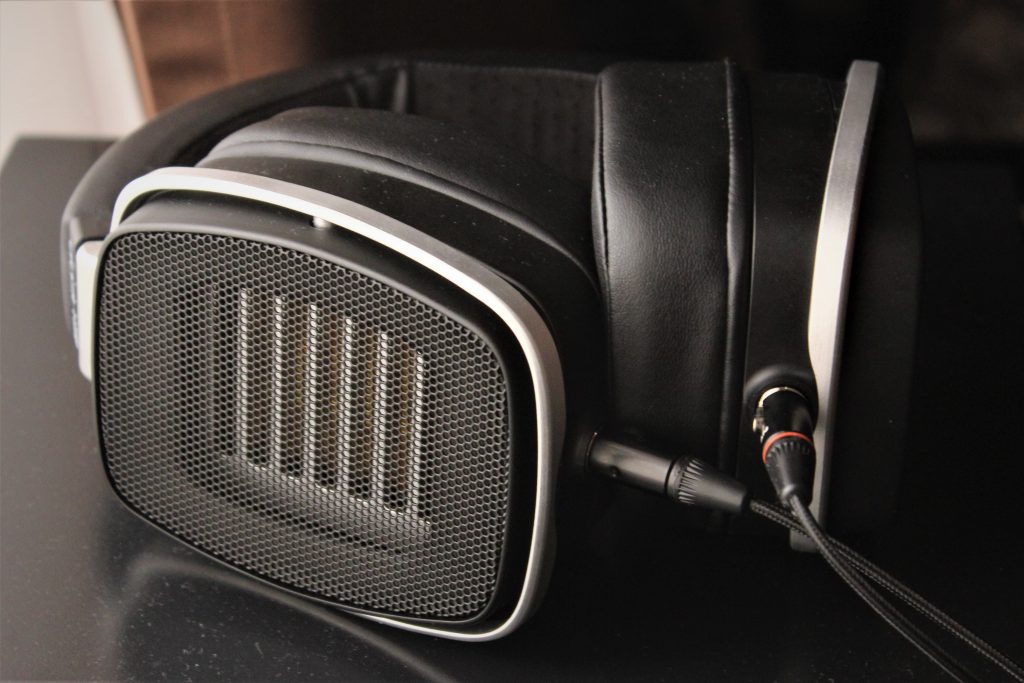
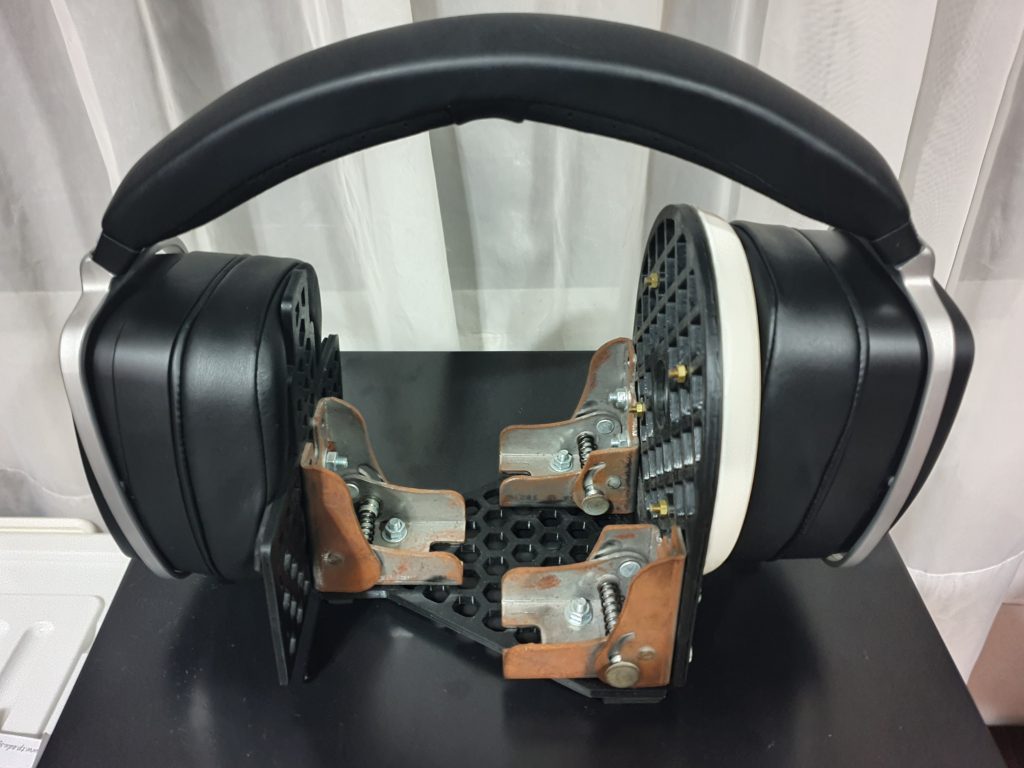
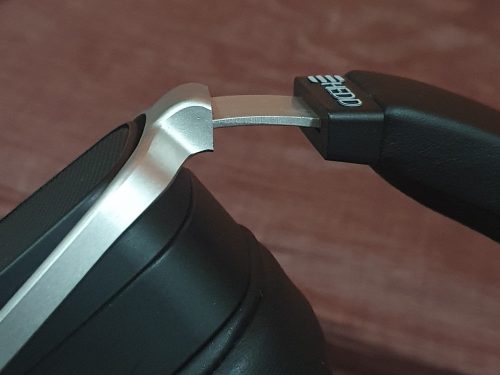

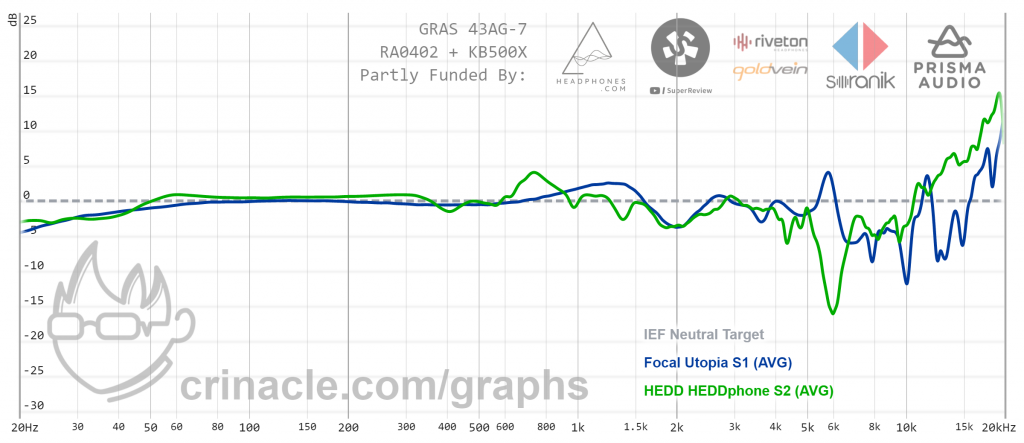

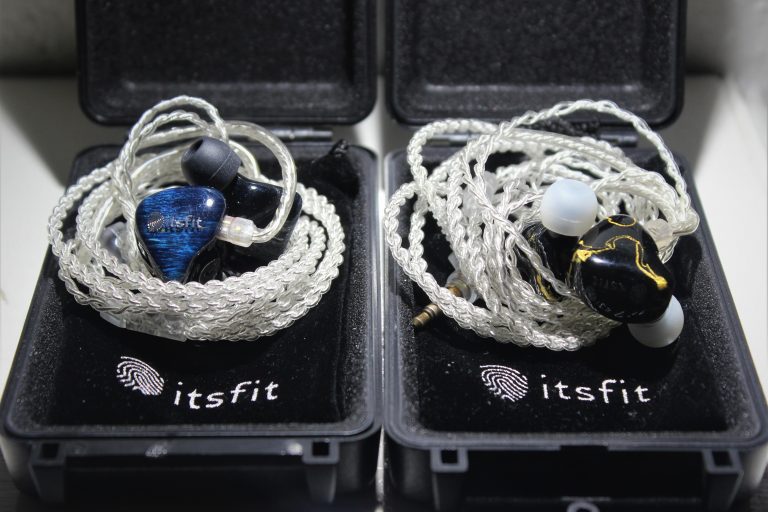
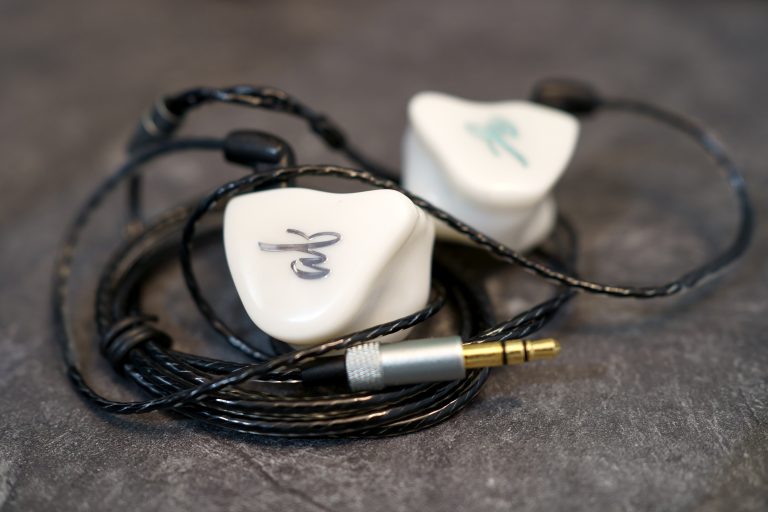





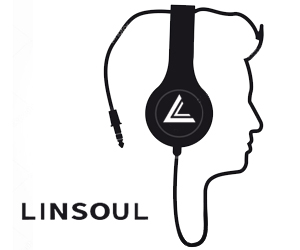

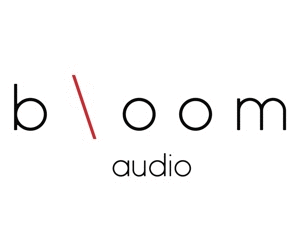
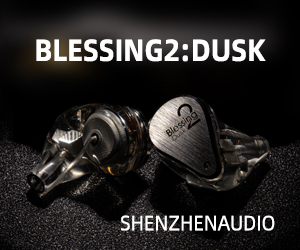
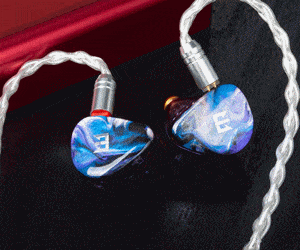

9 thoughts on “HEDDphone Review: Nouveau”
Hi!
Testing those headphones with a portable amp that puts out less than 2 watts @ 42 Ohms must be a joke. It’s like driving a 911 with the wrong fuel and then saying it’s not driving fast. Sure you want to be testing headphones and not amps but you should do it within adequate circumstances, otherwise it’s not worth your time.
Best regards, Michael
I listen at 85dB. I was nowhere close to 100mW output, much less 2+ Watts or whatever unreasonable volume you want me to blow out my eardrums at.
You drive a Twin Turbo V8 to get the groceries and complain about fuel prices later, don’t you.
Michael you’re a real ding dong. You need 1 mw per db increase for the first 10 db over the headphone’s rated sensitivity. After that it increases exponentially. The Hedd requires 200 mw at 42ohms to reach 110db. wtf listens to headphones that loud? Have your subjective assessment of the ifi’s sound quality (if you’ve actually used it), but maybe know math and stuff before you go after crinacle for…you know…mathy stuff.
I’m with Michael. It’s a joke that you’re testing headphones of this caliber with a portable amp. Your response to his question is the same as saying the HE6 would sound the same on a phone and a speaker amp as long as you don’t exceed the phone’s max volume.
If you’re willing to recommend the “bare minimum” amplifier for the HEDDphone, I will gladly re-review it but also add the cost of said amplifier to the “realistic bundle cost” of the headphone, which will affect my valuation of it as well.
I think it’s very fair to add the cost of an expensive amp or dac if it’s part of the evaluation, although that’s not currently part of the evaluation when using an expensive portable amp. I’d be very interested to see how the over ears scale. I’d also be interested to see any differences on the iem list between an apple dongle and the ifi.
Hi, Arya vs Heddphone. Help me decide please. Leaning towards Arya due to lesser weight.
Does Hedd trump Arya in sound quality? Thank you!!
Suck it up and buy both! I ordered both with the intention of only keeping one. I am keeping both. They are both high value in my opinion. The HEDDphone is just so engaging. The Arya is lightweight and can be worn all day. I guess if I had to pick just one, I’d pick the Arya, but it’s only because of weight and my particular situation.